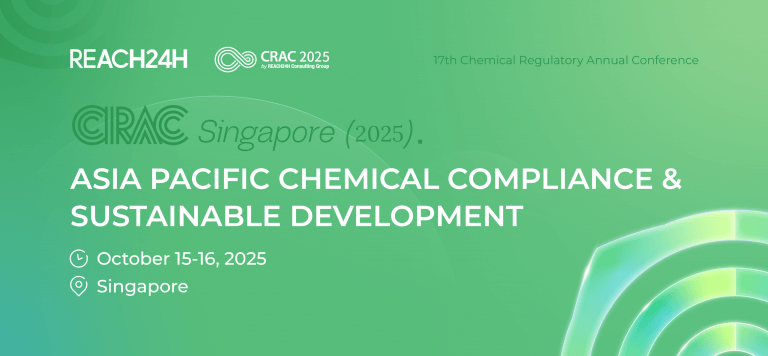Introduction
The Ministry of Ecology and Environment (MEE) of China has officially released the Catalogue of Hazardous and Toxic Water Pollutants (Second Batch) (Announcement No. 15 of 2025), marking a significant step forward in water pollution control. This catalogue, developed in collaboration with the National Bureau of Disease Control and Prevention, aims to identify and regulate chemical substances that pose risks to water ecosystems and public health.
Why Is the Catalogue Important?
The Catalogue builds upon the first batch of hazardous water pollutants released in 2019, addressing the need for stricter controls on emerging contaminants. Moreover, it aligns with the country's sustainable development goals and the "Beautiful China" initiative, encouraging enterprises to adopt environmentally friendly practices and reduce pollutant discharge.
What Pollutants Are Included in the Second Batch?
The Catalogue (Second Batch) includes 11 hazardous substances commonly linked to industrial and agricultural activities. These pollutants are known for their persistence in the environment, bioaccumulation, and acute or chronic toxicity to aquatic organisms and humans.
List of Pollutants
| Serial No. | Pollutant Name | CAS Number |
| 1 | Thallium and Thallium Compounds | 7440-28-0 (Thallium) |
| 2 | Cyanides (including Easily Released Cyanides) | - |
| 3 | Pentachlorophenol and Sodium Pentachlorophenate | 87-86-5, 131-52-2 |
| 4 | Benzene | 71-43-2 |
| 5 | Toluene | 108-88-3 |
| 6 | Nitrobenzene Compounds (e.g., 2,4-Dinitrotoluene) | 121-14-2 |
| 7 | Aniline Compounds (e.g., o-Toluidine) | 95-53-4 |
| 8 | 1,1-Dichloroethylene | 75-35-4 |
| 9 | Hexachlorobutadiene | 87-68-3 |
| 10 | Polycyclic Aromatic Hydrocarbons (PAHs) | Multiple CAS Numbers |
| 11 | Dioxins, including PCDDs and PCDFs | - |
These substances are associated with 20 major categories across five sectors under the National Economic Industry Classification, including the mining and manufacturing industries.
Key Requirements for Enterprises
Enterprises and institutions discharging pollutants listed in the Catalogue must comply with the Law of the People's Republic of China on Prevention and Control of Water Pollution. Key responsibilities include:
Monitoring: Regularly monitor discharge outlets and the surrounding environments.
Risk Assessment: Conduct comprehensive environmental risk assessments.
Hazard Mitigation: Identify and mitigate environmental safety hazards.
Transparency: Disclose information on hazardous water pollutants.
Prevention Measures: Implement effective environmental risk prevention strategies.
The Evolution of Water Pollutant Control
In July 2019, the MEE, in partnership with the National Health Commission, issued the Catalogue of Hazardous and Toxic Water Pollutants (First Batch) (Announcement No. 28 of 2019). However, the 10 pollutants listed were insufficient to address the growing risks to public health and ecological safety. To meet these challenges, the MEE established a mechanism for continuous updates. The second batch of the Catalogue was developed based on the principle of "measurable and manageable," selecting 11 pollutants from the List of Priority Controlled Chemicals (Second Batch). These substances were chosen for their persistence, bioaccumulation, and toxicity, ensuring a more comprehensive approach to water pollution prevention.
Recommendations for Enterprises
REACH24H Consulting Group advises enterprises to:
Review the Catalogue and identify listed pollutants relevant to their operations.
Implement robust environmental risk management measures.
Stay updated on regulatory changes to ensure compliance.
The full text of the Catalogue and detailed information on the listed pollutants are available on the official website of the Ministry of Ecology and Environment.





